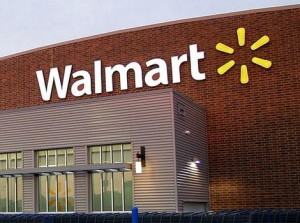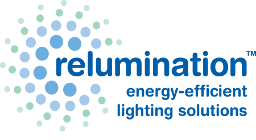 Walmart is striving to be a leader in energy reduction. In the early 1990s, it built two experimental stores to test energy saving techniques. One store was located in CO, and one in TX. In 2006, it retrofitted the TX store to try several new energy saving techniques.
Walmart is striving to be a leader in energy reduction. In the early 1990s, it built two experimental stores to test energy saving techniques. One store was located in CO, and one in TX. In 2006, it retrofitted the TX store to try several new energy saving techniques.
In 2010, the National Renewable Energy Laboratory (NREL) published a conference pre-print on the performance of the original two experimental stores. Both stores incorporated upwards of 50 tests on materials, water systems, and energy systems–including lighting. The original experimental store results were compared against what was a considered a typical store at the time of operation.
One test for energy savings in the original experimental stores was in cold storage lighting systems. Walmart evaluated the use of LEDs in refrigerator and freezer cases, where a typical store uses T8 linear fluorescent lights.
The NREL reported that during the first year the experimental stores were in operation, the LED case lights in Walmart’s experimental stores used 58% less energy than those in a typical store. This energy reduction was considered so successful that Wal-Mart tested the addition of motion sensors in conjunction with the LED case lights starting in 2007. After the installation of the motion sensors, the LED energy savings were 45% over the linear fluorescent bulbs with an additional 25% saved by adding the motion sensors. Wal-Mart considered this energy reduction sufficient to warrant replacing the linear fluorescent bulbs in its low temperature cases with LEDs and motion sensors in most stores.
When Walmart retrofitted the TX store for additional energy reduction testing, it included some changes to the produce lighting. The retrofitted TX store performance was evaluated against the data from its operational period, and an independent analysis of the results was published by Oak Ridge National Laboratory (ORNL) in 2009. Walmart replaced the produce lighting with smaller fixtrues with small reflector lamps. The exact specifications were not available with ORNL’s report, although it was suggested that they are typically available as either halogen or LED. Walmart does not separate produce lighting from total lighting, but calculates that the replacement fixtures save 1000 kWh/month. ORNL reports that some of the conditions were unique to this store–apparently, the store has always used dim produce lighting.
These are highlights of some of Walmart’s energy savings obtained by using alternate lighting such as LED. If you are considering upgrading your lighting systems with the goal of energy reduction, please contact us with any questions.
